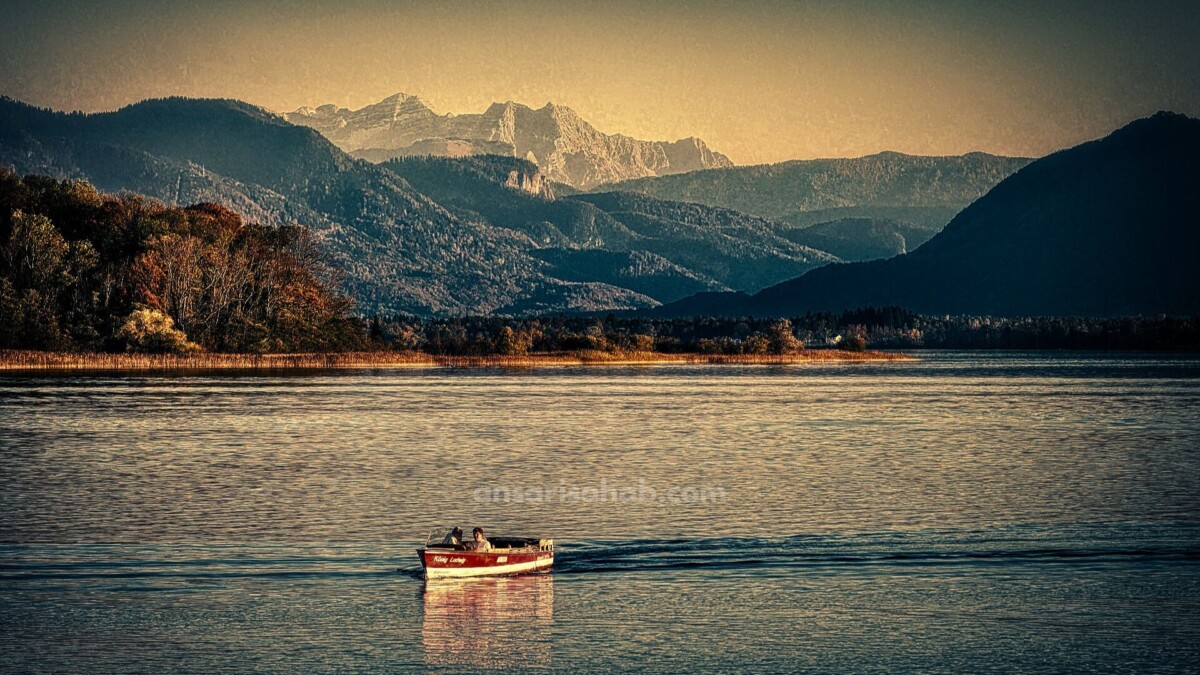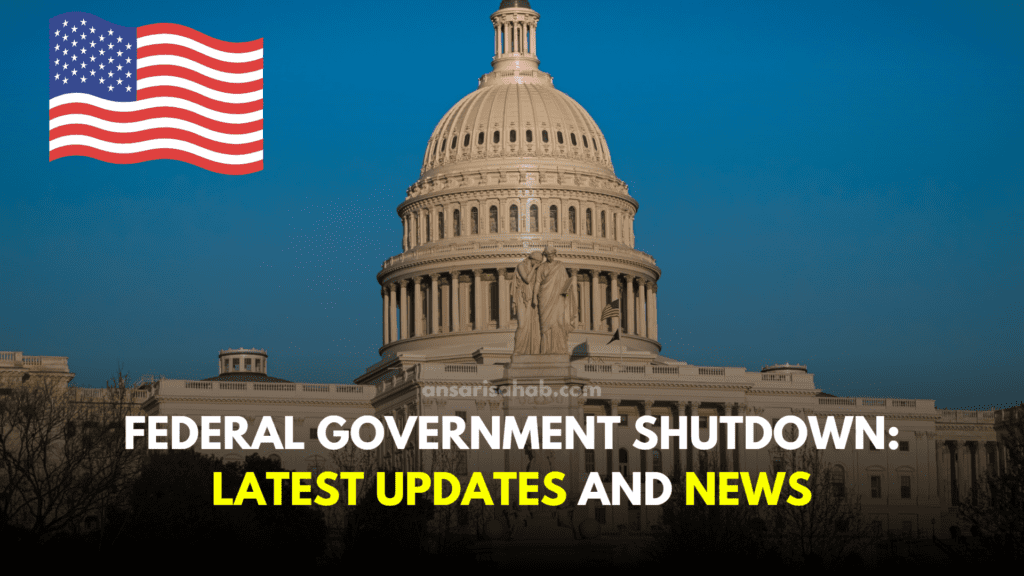In a dramatic display of winter’s unpredictable grip, over 100 people were rescued from a large ice floe that broke free from the shoreline of Upper Red Lake in Minnesota on Friday, December 29th. This harrowing incident, thankfully without reported injuries, serves as a stark reminder of the dangers lurking beneath the seemingly serene surface of frozen lakes and rivers.
A Community Effort in the Face of Nature’s Fury:
Reports vary slightly, but estimates suggest between 100 and 150 people were enjoying a festive gathering on the ice floe when it suddenly detached from the shore, sending shivers not only through those on board but also throughout the nearby community.
Swift action by emergency responders, including the Beltrami County Sheriff’s Office, Red Lake Tribal Police, and local fire departments, ensured a safe outcome. Airboats, hovercrafts, and even personal watercraft were deployed to ferry the stranded individuals back to safety.
Uncertain Footing on Thin Ice:
The exact cause of the ice floe’s detachment remains under investigation, but officials speculate that fluctuating water levels and warmer temperatures may have played a role. This incident highlights the inherent dangers of venturing onto frozen bodies of water, particularly during unpredictable winter weather.
“Ice conditions can change rapidly, and what appears to be safe one day can be treacherous the next,” warned Beltrami County Sheriff Phil Hodapp. “We urge everyone to exercise extreme caution when on or near frozen lakes and rivers.”
Beyond the Headlines: A Deeper Look at the Risks:
While the rescue operation itself provides a heartwarming narrative of community spirit and quick thinking, the incident prompts deeper reflection on the complex interplay between climate change, human activity, and the very nature of winter landscapes.
Rising global temperatures contribute to warmer winters, leading to thinner ice formations and increased risks of cracking and detachment. Additionally, activities like snowmobiling and ice fishing can further weaken the ice, creating invisible hazards beneath the snow-covered surface.
Suggested: JFK Airport Protests: A Tumultuous Crossroads of Travel and Activism
Navigating the Frozen Frontier with Safety First:
For those who cherish winter’s icy playgrounds, understanding the risks and taking proper precautions is paramount. Here are some essential tips for staying safe on frozen lakes and rivers:
- Always check ice thickness: Before venturing onto the ice, measure its thickness in several places. Generally, 4 inches of solid ice is considered safe for walking or snowmobiling, while 6 inches or more is needed for driving vehicles.
- Never go alone: Always go with a buddy or group and inform someone on shore of your plans and estimated return time.
- Carry safety equipment: Wear ice picks and a life jacket, and bring along a rope or flotation device.
- Be aware of the weather: Avoid venturing out during periods of rapid warming, heavy snowfall, or strong winds.
- Heed warning signs: Pay attention to posted signs and warnings from local authorities regarding ice conditions.
Remember, respecting the power and unpredictability of nature is key to enjoying winter activities safely. By prioritizing safety and understanding the risks, we can ensure that stories like this one end with relief and gratitude, rather than tragedy.
Beyond the Rescued:
The incident on Upper Red Lake also shines a light on the resilience and resourcefulness of communities living alongside vast, ever-changing landscapes. The rapid response and coordinated efforts of emergency responders and local residents demonstrate the strength of community bonds in the face of unexpected challenges.
As we move forward, it’s crucial to not only celebrate the successful rescue but also to learn from this event. By fostering a culture of safety awareness and environmental understanding, we can ensure that future generations can continue to enjoy the beauty and wonder of winter, while navigating its frozen frontiers with respect and caution.
This event serves as a powerful reminder that even in the midst of festive cheer, winter’s grip can be surprisingly unforgiving. Let us carry the lessons learned from this close call into the remainder of the season, prioritizing safety and appreciating the delicate balance between human activity and the natural world.









